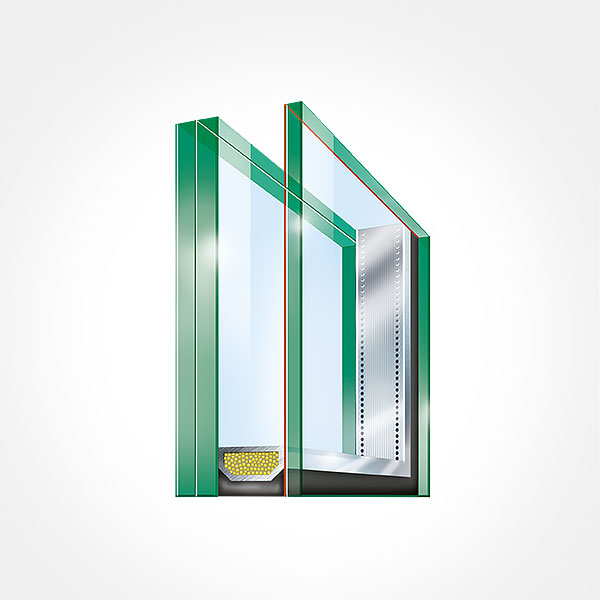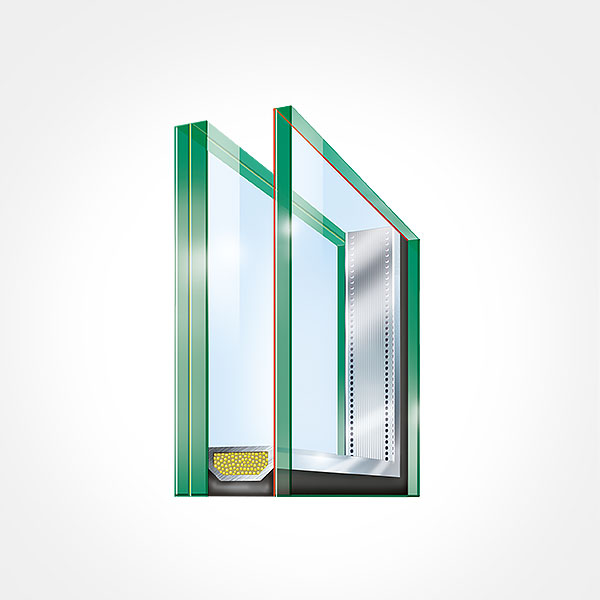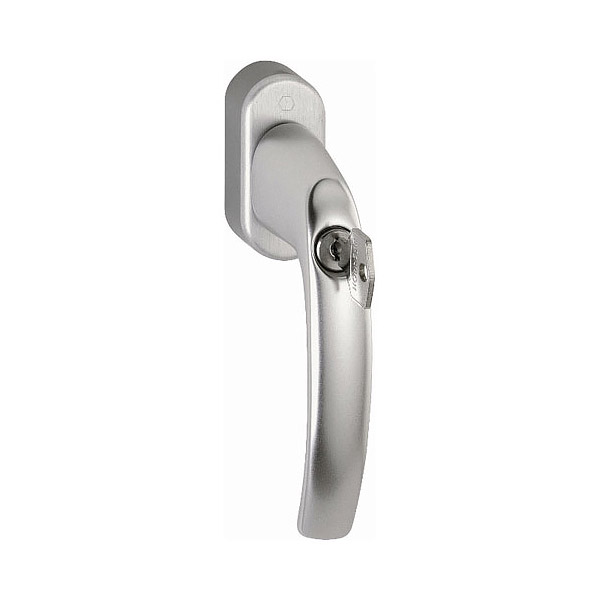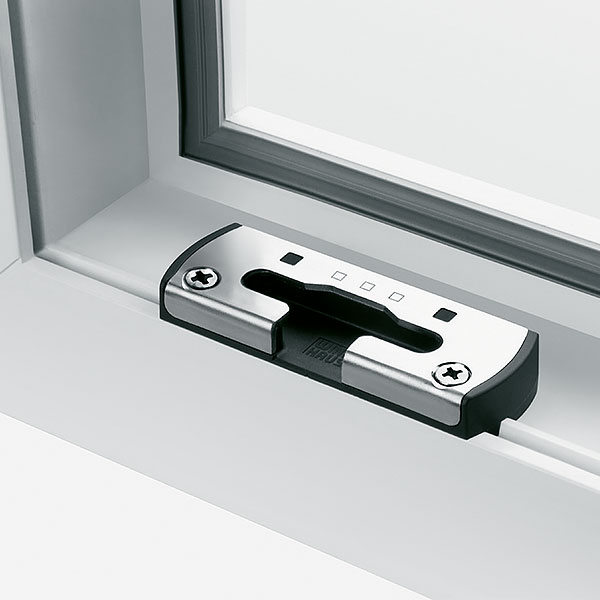Window Security
How to Secure your Windows against Intruders
Home security begins windows and doors. Being essentially large openings in the facade, they are the top entry points for potential intruders. However, they don't have to be. Modern technology and design offers a wide range of ways to improve both safety and security while deterring intruders. From special glazing to multipoint locks, locking handles and even roller shutters, today's windows can easily be custom built to meet the security needs of any home and location.
Home Security for Windows & Doors
Even better than preventing successful break-in is deterring them before they happen. Most criminals surveil their target beforehand. This creates the opportunity to convince them to look elsewhere and deter the attempt itself by fitting some or all of the following options:
- Multi-point locks with integrated mushroom cams
- Laminated or impact resistant glass
- Locking handles (button or key)
- Installing an electronic alarm system
- Installing lights on automatic timers
- Roller shutters which further complicate entry and increase security
Most new homeowners agree that security and thermal insulation are the most important features in windows and doors. When purchasing new ones, the list of options can sometimes seem daunting. That is why a standardized system was created.





